Kerabol Biotin 1000 g
Alimentation animale supplémentaire
En stock
Equistro Kerbal Biotin Forte 1000 gr
Biotin in horses Supplementation of biotin for horses with skin, coat and in particular hoof problems has been confirmed and successful veterinary practice for over a decade (Comben et al., 1984; Schulze and Scherf, 1989). In 2 out of 3 horses with crumbling, brittle hoof horn, breakage at the wearing edge, injuries to the coronet band and hoof deformations, the additional supply of 15-20 mg biotin per approx. 500 kg body weight and day will completely heal the condition. For the remaining third, the least that can be expected is least a marked improvement of hoof horn quality. Administration of biotin must be practised over a period of months as deEVENTSd by hoof horn growth (see also EQUISTRO KERABOL). Permanent supplementation may be advisable in animals with serious hoof problems (Greyer and Schulze, 1994). Throughout the treatment period, the biotin requirement must be taken daily to exclude the possibility of renewed deficiency in the new horn growth. Damaged mane or tail hair may also require long-term treatment, whereby only daily administration of a constant dose can ensure good quality in the new hair growth. Powdered products without optimized raw material quality and/or widely varying particle sizes (risk of separation in the tin) cannot provide optimum dosage over the longer term. For this reason, the biotin product used for supplementation should be of good quality. EQUISTRO BIOTIN FORTE contains spray-dried raw materials; additional requirements such as uniform particle size (and thus homogeneous distribution), favourable preparation galenics and controlled production ensure uniform quality at a very high level. The hoof before treatment The hoof after 6 months of treatment with BIOTIN Forte Zinc in the metabolic system Among trace elements, zinc is second in importance only to iron. Maximum mobile zinc levels in blood serum account for only 5%. 95% of the zinc in the body is bound in the cells. Muscles contain c. 65%, bones about 20% and other organs / tissues c. 15% of the zinc reserves. As a constituent of over 200 enzymes and proteins, zinc is important for the function of every cell. For instance, it influences protein and carbohydrate metabolism as well as growth and sexual hormones. zinc deficiency leads to disturbances in protein synthesis. On the other hand, protein deficiency leads to poor zinc utilization. A glucocorticoid control mechanism is assumed to control zinc metabolism, since blood serum zinc content under stress is significantly lowered (Foder et al., 1975). High zinc requirements for immune defences, wound healing and breeding make sufficient supply during such periods of rapid cell division doubly important (Matthei, 1996). Zinc in horses Horses require c. 50 mg zinc per kg of feed DS. Green fodder and hay usually cannot provide this amount. For this reason, supplementation of a maximum of 1 mg elemental zinc per kg of body weight and day is recommended to prevent developmental disturbances and other damaging effects. Foals that receive feed low in zinc may show retarded growth. Other zinc deficiency symptoms include disturbed wound healing and hoof, skin and coat defects. Hoof hardness is directly related to zinc (Coenen and Spitzlei, 1995); zinc even appears to have an 'affinity' to crumbling hoof horn. For this reason horses with hoof problems should be given zinc in a highly bioavailable form in addition to biotin. EQUISTRO BIOTIN FORTE combines biotin and zinc, two nutrients that effect the outward appearance of a horse in a positive manner. Both support skin metabolism, coat growth and shedding, and make for a shiny coat with thick hair and correctly formed, healthy hooves with elastic horn that does not tend to crumble. '


